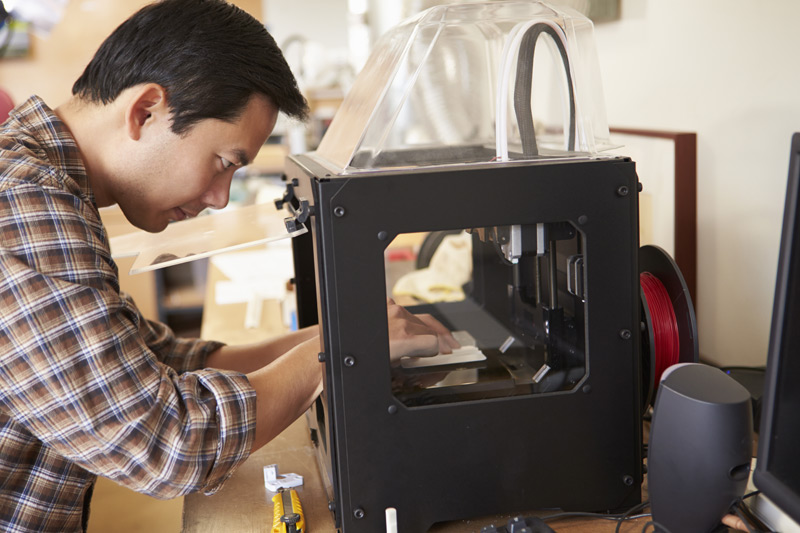
While GrantReady can take care of the hard work of submitting a claim, a lot still hinges on your company’s ability to maintain good record keeping throughout the financial year.
Applicants intending to access the R&D Tax Incentive must keep adequate records to demonstrate to both AusIndustry and the ATO that:
| R&D activities have been undertaken. |
| Company records must be sufficient to show that the claimed activities took place and that they met all aspects of the definition for either ‘core R&D activities’ or ‘supporting R&D activities’. |
| To satisfy the R&D definition, there is a strong requirement for claimants to demonstrate experimental activities, explaining the use of scientific method in order to generate new knowledge and overcome uncertainty. The scientific method is: |
| 1. Hypothesis |
| 2. Experiment |
| 3. Observation and evaluation |
| 4. Conclusion |
| Thus, the company must retain records that support their view that there is a current knowledge gap at the time they conducted their activity, depending on the nature of the business and the R&D project. Examples include literature reviews, patent searches, scientific or technology reviews or trade journals. |
| Eligible expenditure has been incurred in relation to the above R&D activities. |
| Time sheets or summaries of individual employees’ total hours charged to the project; and |
| Costing information including: salary and wages, superannuation, payroll tax, workers’ compensation, contractor payments, travel expenses, cost of trials, R&D plant and equipment, other R&D expenditure and general administration overheads. |
| Applicant’s R&D activities and expenditure meet all legislative requirements for eligibility under the program. |
If you’re planning to submit a claim for the current financial year, speak to us about best-practice record keeping relevant to your specific industry and business activities.










